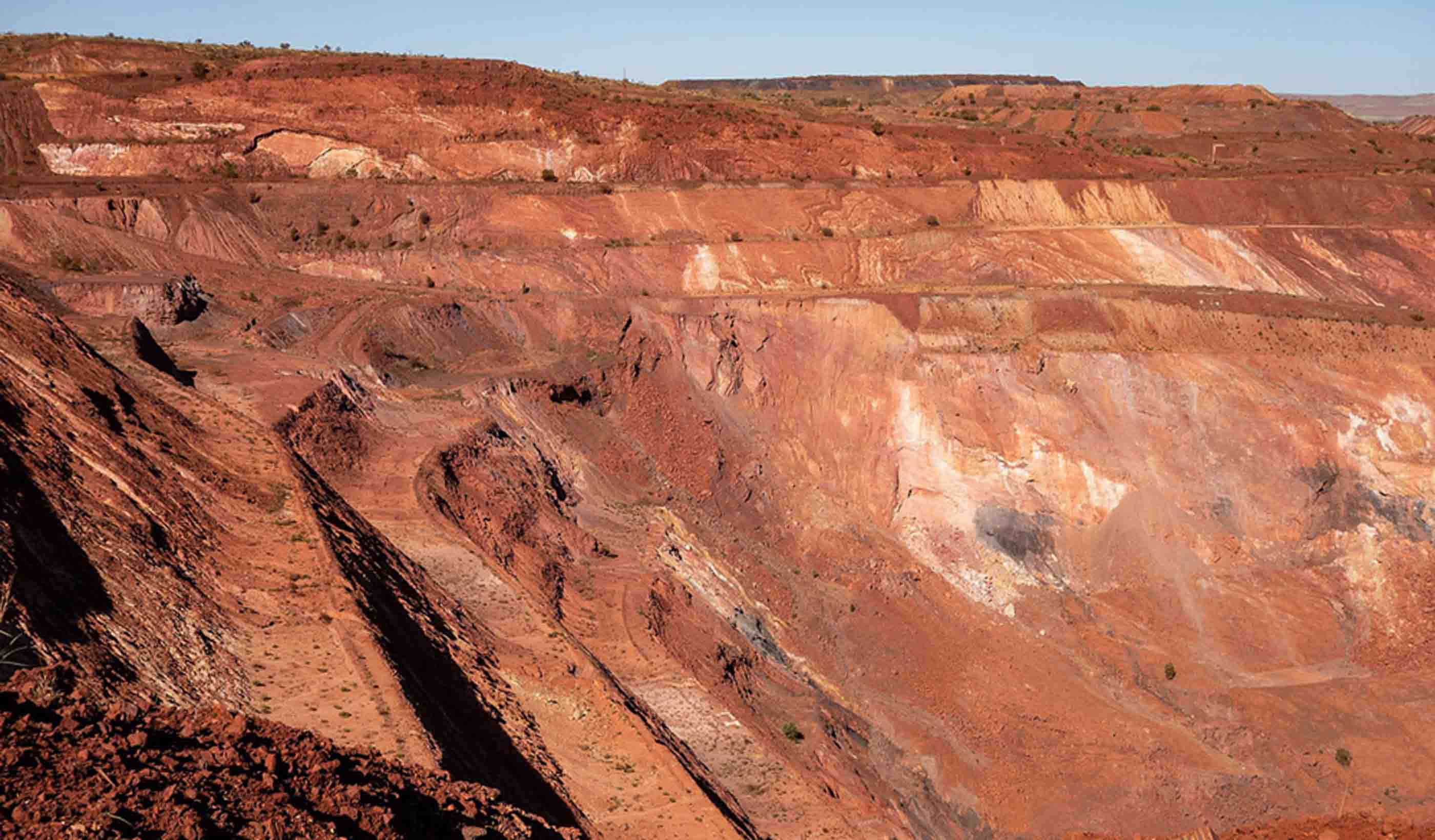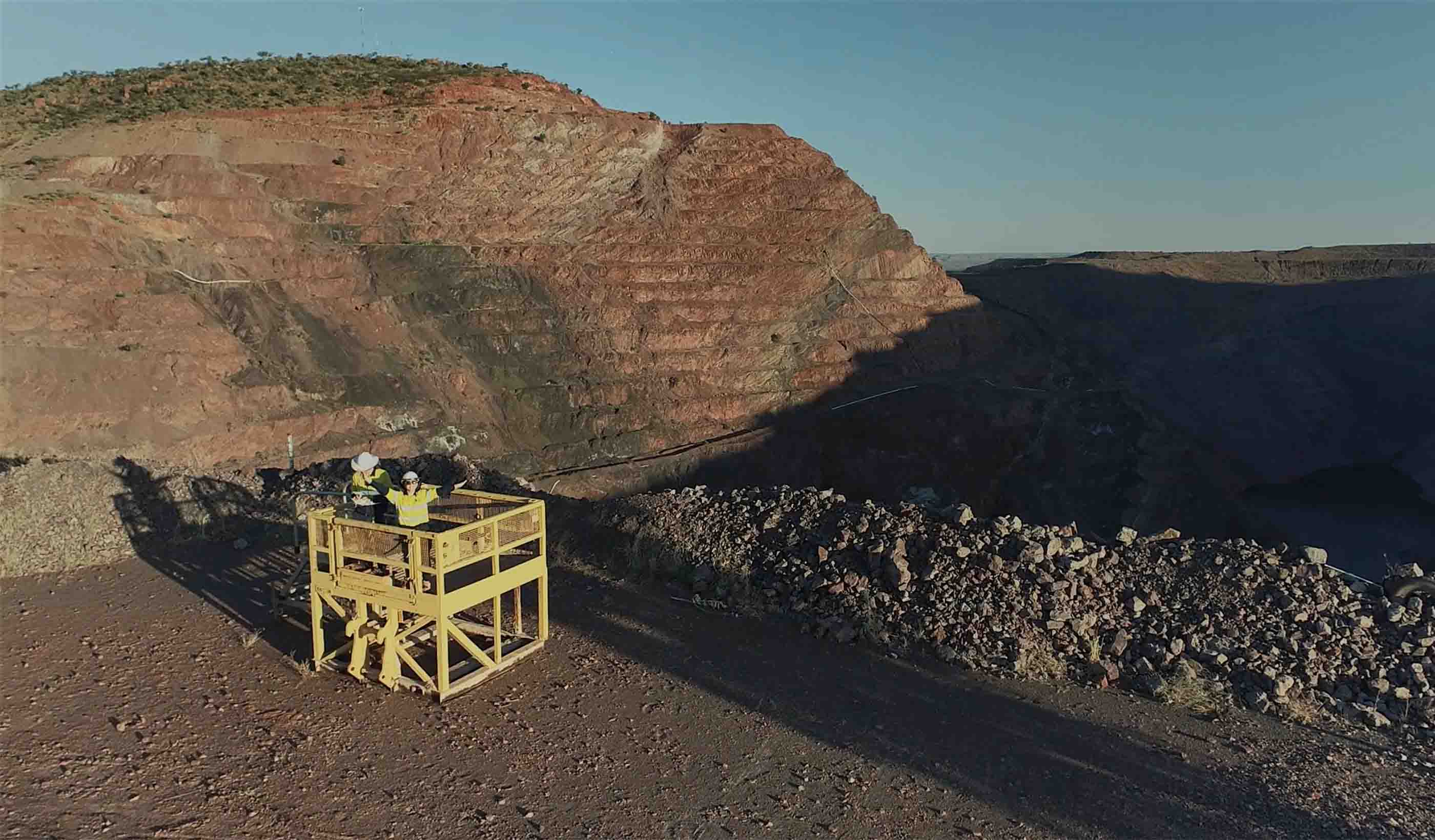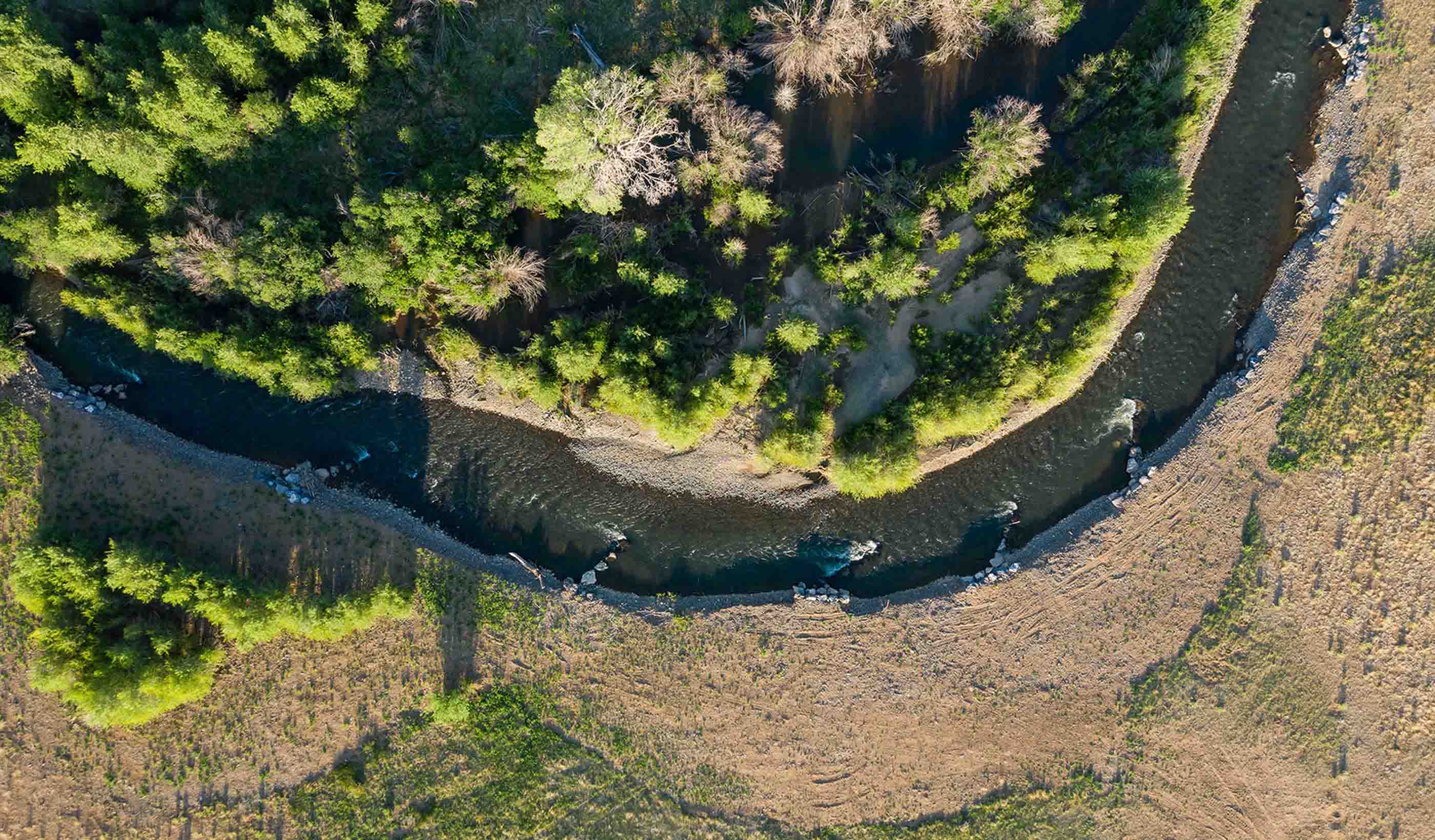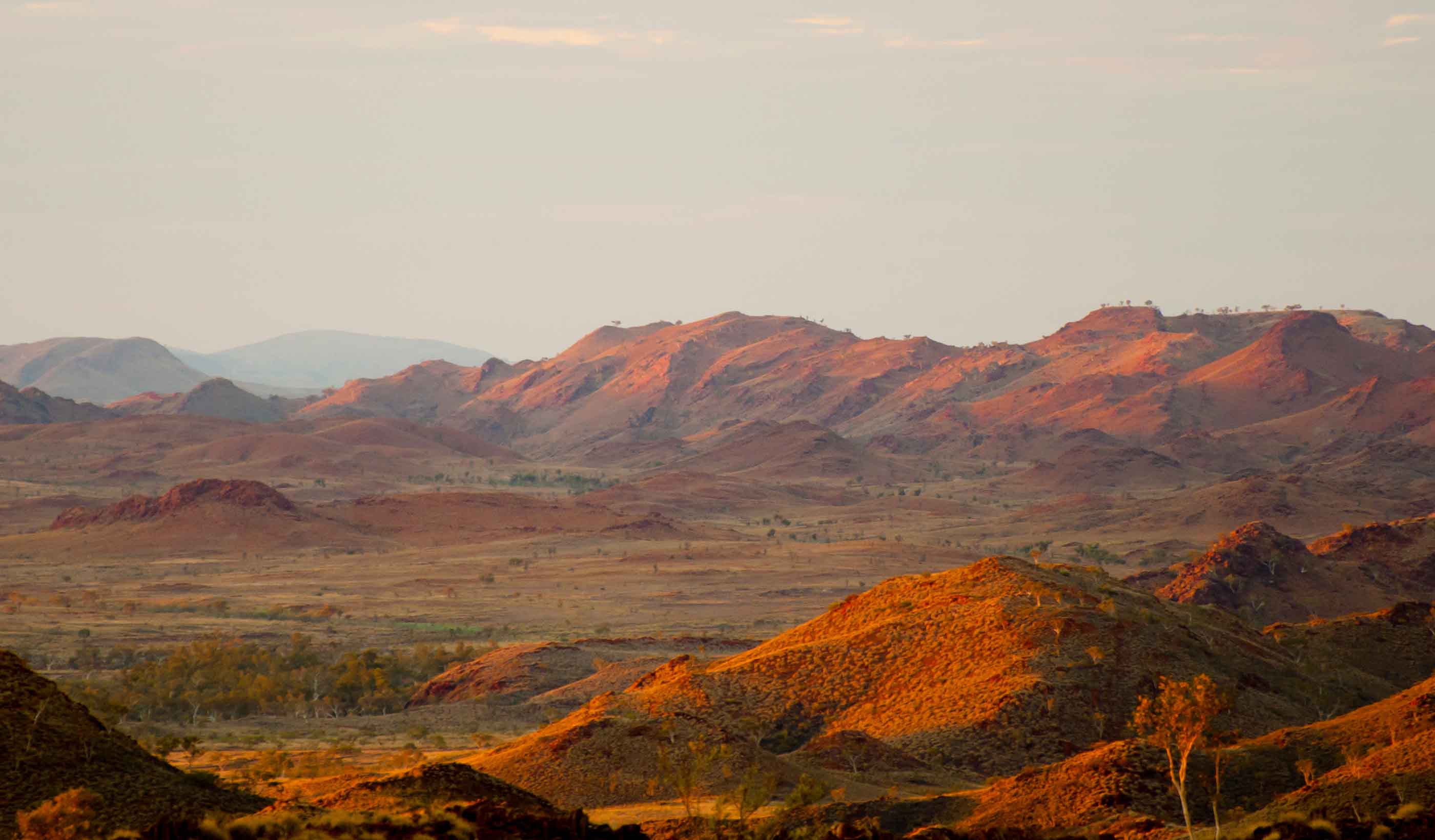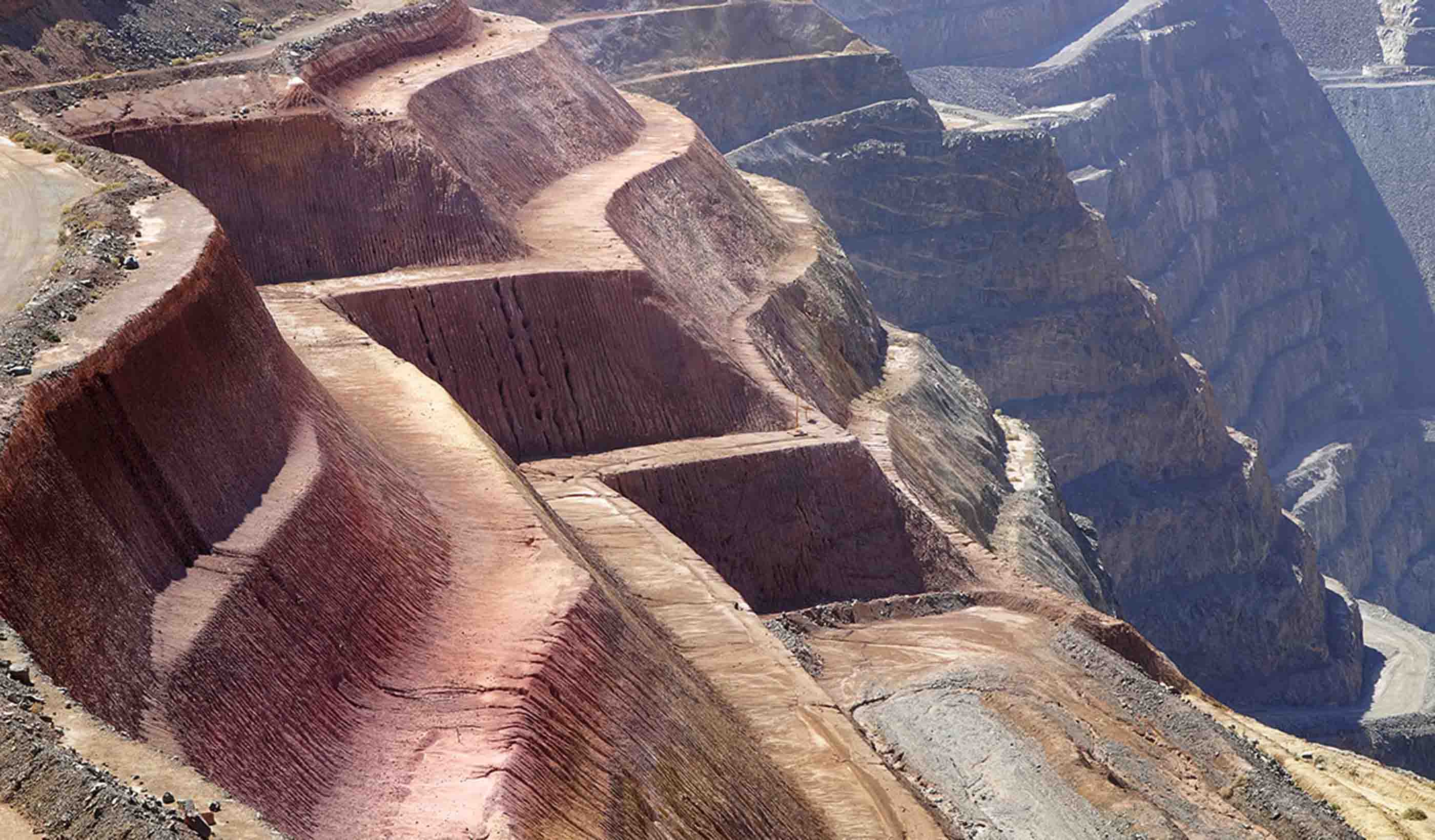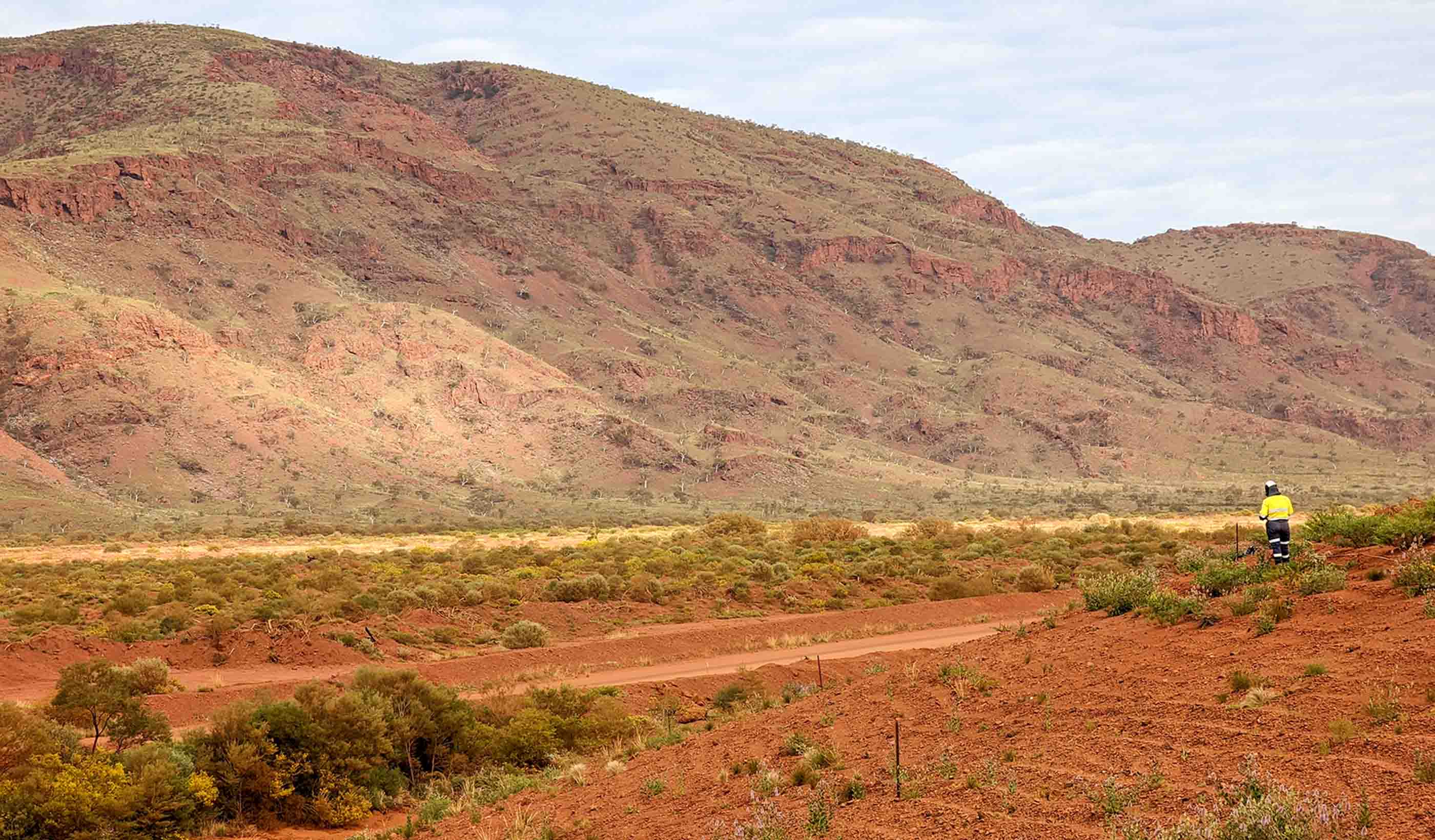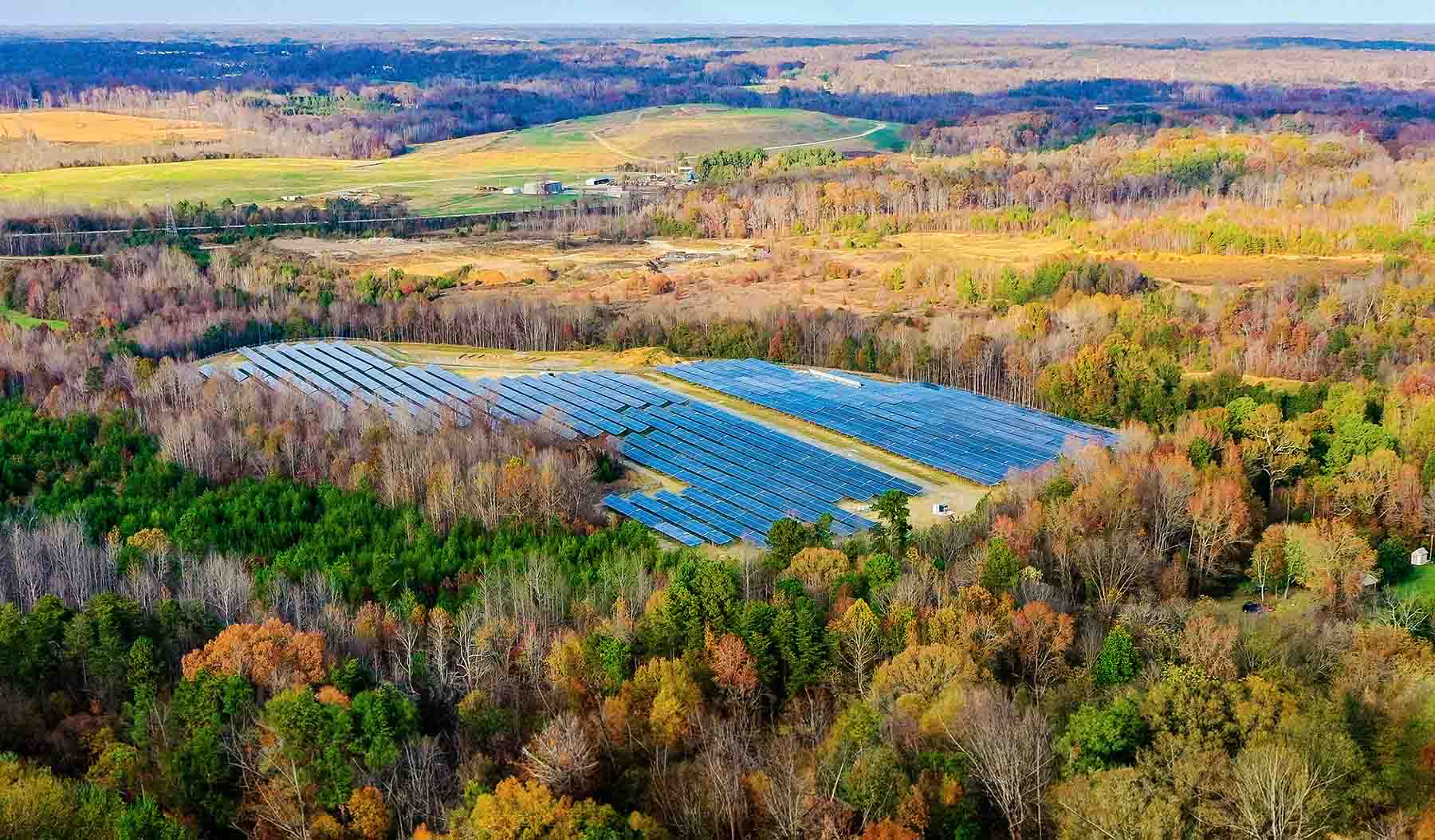Mine Closure & Rehabilitation
Honouring the legacy of closure
Sustainable completion and relinquishment of a mine should include the delivery of a clear mine closure plan—one that is defined during the feasibility study phase, considered throughout the life of mine, then executed to completion when it’s time to close. We have a team of scientists and engineers who have a history of assisting clients with developing and executing their mine closure plans and helping to revise existing ones.
Our mine closure plans incorporate regulatory compliances, data gap analysis, audits and monitoring, environmental assessments, conceptual landform design, and infrastructure demolition processes. We even use remote sensing techniques, such as object-based image analysis, to monitor vegetation on rehabilitated sites and detect potential environmental impacts.
Let us know how we can help you complete the mine closure and rehabilitation that you need.
Starting with the end in mind
We put the resilience back into mine closure by offering sustainable solutions that care for the land and its inhabitants. Our multi-disciplinary closure team includes specialists in ecology and rehabilitation, landform design, civil, geotechnical, water, geochemistry, and environmental social and governance. Working together, they deliver a holistic mine closure, offering turnkey services from initial project planning through site characterisation, rehabilitation design, and construction. Read MoreProgressive environmental rehabilitation and restoration
The mine closure life cycle starts at the beginning. Our specialists provide progressive environmental rehabilitation and restoration services during the exploration phase, the operational phase, and the closure and post closure phases. We support ongoing rehabilitation monitoring to satisfy vital environmental legal and regulatory compliance mechanisms, and for over a decade, we’ve been engaged in completing annual rehabilitation monitoring for the mining industry at multiple sites across Australia. Read MoreEcological monitoring using a remote sensing approach
Rehabilitated site ecological monitoring can be supported with remote sensing technologies. Using data acquired from satellites, aircraft, or UAVs (unmanned aerial vehicles), remote sensing provides an efficient solution for assessing the disturbance and rehabilitation of large, remote areas. Our team is routinely using this technology to conduct vegetation and erosion assessments for the purpose of monitoring rehabilitation progress and success as well as environmental impacts or historical disturbance. Read MoreUnderstanding and respecting nearby communities
Our team provides ongoing communications and community involvement, using local resources and expertise whenever possible. The preservation and protection of historic and cultural resources is a critical part of site characterisation and closure planning.Our People
-

Natasha Banning
Group Lead, Rehabilitation, Closure and Geoscience
-

Bob Boshrouyeh
Principal Engineer, Mine Closure
-
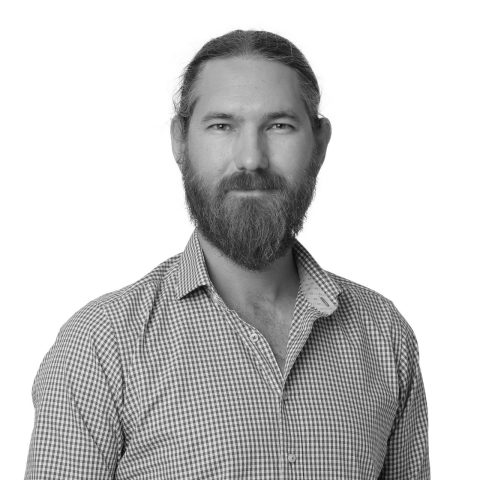
Paul Bolton
Team Leader, Terrestrial Ecology
-
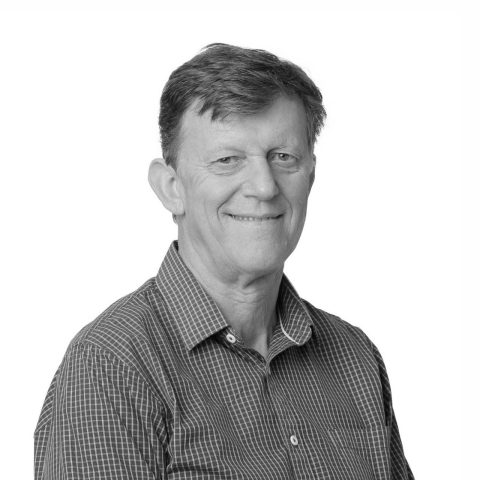
David Jasper
Environmental Science Technical Leader
-

Dr. Fiona Taukulis
Business Leader, Environment, Western Australia
-

Peter Tapsell
Senior Principal Environmental Scientist / Team Lead, Mining Approvals
-

Walter Weinig
Discipline Leader, Hydrogeology and Mine Closure Specialist
-

Ben McMillan
Team Lead, Rehabilitation
-

Daniel Roocke
Senior Environmental Scientist
-

Amy Steiger
Geospatial Discipline Lead, ANZ
-

Chris Urbanek
Senior GIS Analyst
-

Petina Wallace
Senior Principal Environmental Geoscientist
-

Gabriela Libretti
Senior Environmental Scientist, Rehabilitation & Closure
-

Jaimee Tilley
Graduate Environmental Scientist
We’re better together
-
Become a client
Partner with us today to change how tomorrow looks. You’re exactly what’s needed to help us make it happen in your community.
-
Design your career
Work with passionate people who are experts in their field. Our teams love what they do and are driven by how their work makes an impact on the communities they serve.
